
Choosing the right bike amongst the endless options today is harder than it ever has been before. It is not uncommon to find a cyclist who is in the market for a new bicycle and makes a decision on a bike based on several secondary factors. Things like getting a fantastic deal, the good “looks” of the bike or simply because a friend believes that one particular bike is the “be all, end all.” What is often overlooked however is that that the most crucial attribute is fit!
At the end of the day, the bike fit can never be replaced or outweighed by any other factor in your decision-making process. If that is not in place, the novelty of everything else will eventually wear off, and you could find yourself in a frustrating, uncomfortable and possibly costly predicament, both for your health as well as your wallet.
Bike Fit dictates so much. It represents the positioning of contact points on the bike, and this will affect comfort level, range of motion, and ultimately performance on the bike.
How do you work your way through the clutter to ultimately determine the best bike for you?
With the use of Retul technology, riders can be assisted with the optimal position on the bike. The Retül system is the original 3D motion capture and most advanced bike fit system. The Retül system records the rider’s movements while they are in motion on the bike, and accounts for all three planes of movement i.e. it is a dynamic fit in 3D. This type of data cannot accurately be captured by 2D video, static bike fit or “eyeballing” it. The Retül system is a non “cookie cutter” approach that eliminates the guesswork and assumptive nature of traditional bike fitting methods. It is unique to each cyclist, as we are all biomechanically unique in our own ways. The result is that the rider will have a true fit to his or her bike, maximizing efficiency and performance while avoiding discomfort or injury.
For those who want to determine what is the best fitting bike, there are a few steps that need to be taken in order to bring that to fruition. Bikes are all made differently, even in an equivalent size. It is not uncommon to see two bikes the same size, but two different geometries. One might have an elongated reach and deep drop, while the other has a short reach and a shallow drop. So what needs to be determined is what geometry best supports each rider from a body proportion perspective. Riders with a long torso/arms, and a short inseam will most likely be better supported with an increased drop and elongated reach. This is because their torso and arm length keeps them quite erect. Also having a shorter inseam will dictate the drop from saddle to handlebar, and that will be reduced. Ultimately limiting how much real estate is at the fitter’s disposal to achieve the maximum fit. The same can be said for a rider with opposite proportions, such as longer inseam, and shorter torso / arms. A rider of these proportions would most likely benefit from a shorter reach, and a shallower drop. This will help to offset a greater saddle height and drop to the handlebars.
Once a rider’s body proportions have been identified, finding some appropriate frame geometry profiles to support is next. These geometries can be compared with the use of a fit bike such as the Retül Müve fit bike. The beauty of the Muve fit bike is that it can be changed to any frame within seconds, essentially testing several different bikes in one session. This process can be done rather efficiently to accurately determine if a selected bike is appropriate or not for a given cyclist’s physique.
Through the experience of the bike fitter and the use of Retul, such specifications as stem length/angle, spacer stack, saddle, handlebar, seat post offset, crankset, and pedals can be determined. Furthermore, the optimal angles can be sharpened up, dialed in and backed with collected data to reinforce these selections. Taking the Measurement of a rider’s limbs and inputting in a computer or fit calculator is not a bike fit, but more of a baseline. The rider must be on the bike riding in real time to get an exact interpretation as to how they ride from a biomechanical perspective, taking all angles and views into account before making a decision on her most optimal setup.
It is also true that all the fancy equipment in the world won’t guarantee the optimal fit, 3D cameras alone won’t just fit the bike. They are primarily there to assist the fitter, and provide a more in-depth perspective that in many cases the trained eye cannot detect. However, it is the combination of great equipment and an experienced and knowledgeable bike fitter that are what is most important. You can have all the power tools in the world, but that doesn’t make you a carpenter!
If this approach is taken before purchasing a bike, you can almost be assured that you are making the right choice, and will be thrilled with the end result. So remember a proper bike fit is the most important factor for optimal performance, efficiency, injury prevention, and comfort on the bike.
 Frank Mizerski
Frank Mizerski
Master Retul Fitter
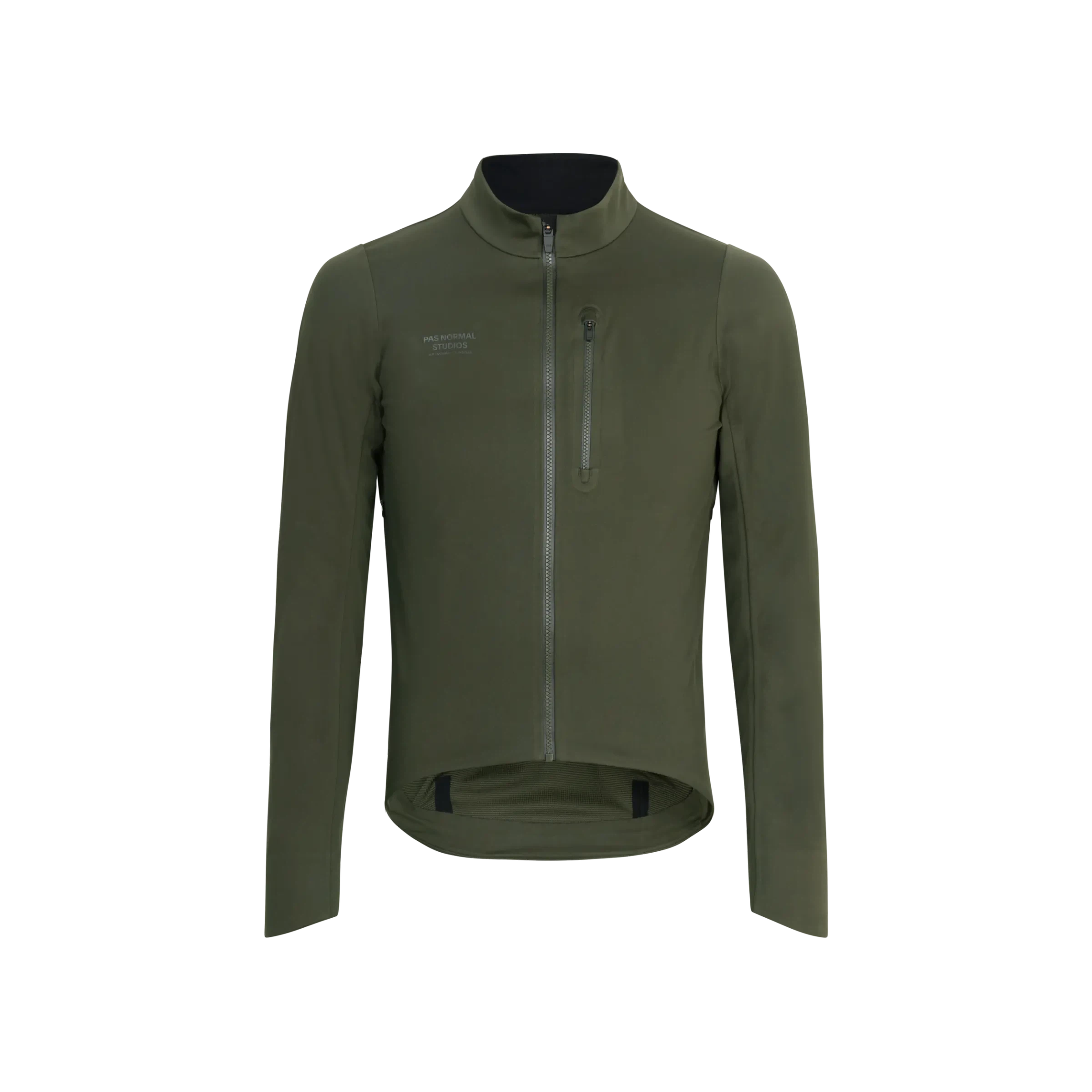
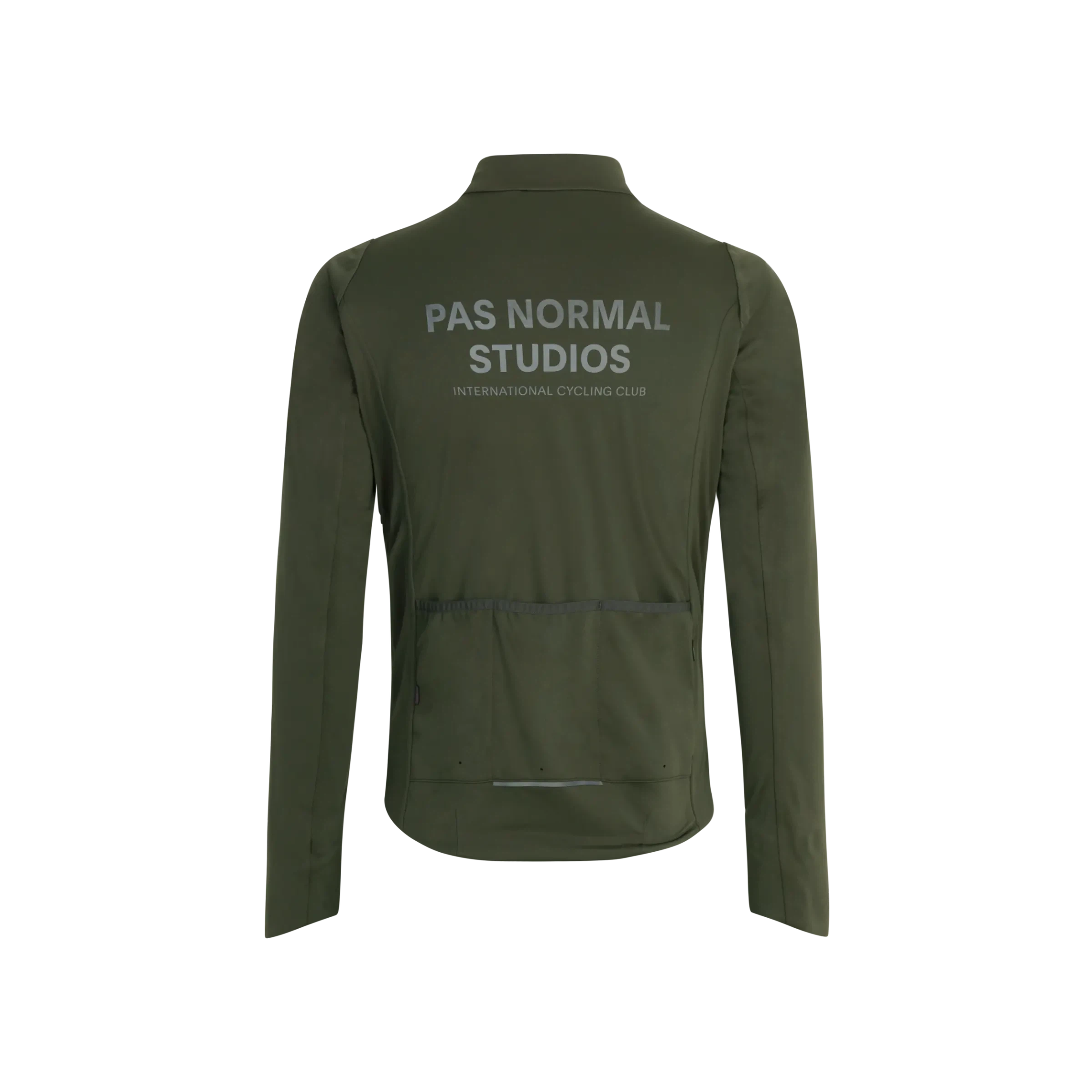
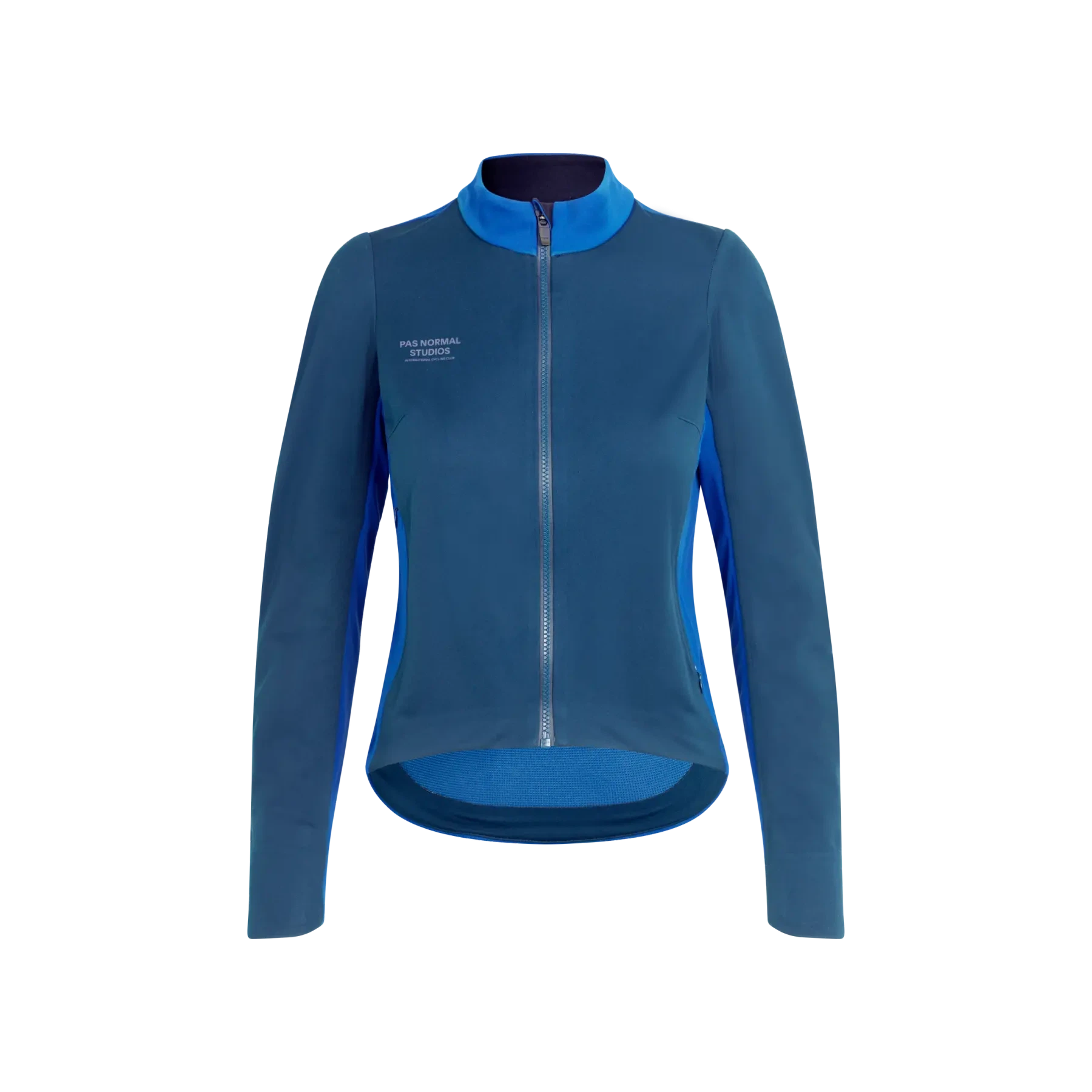
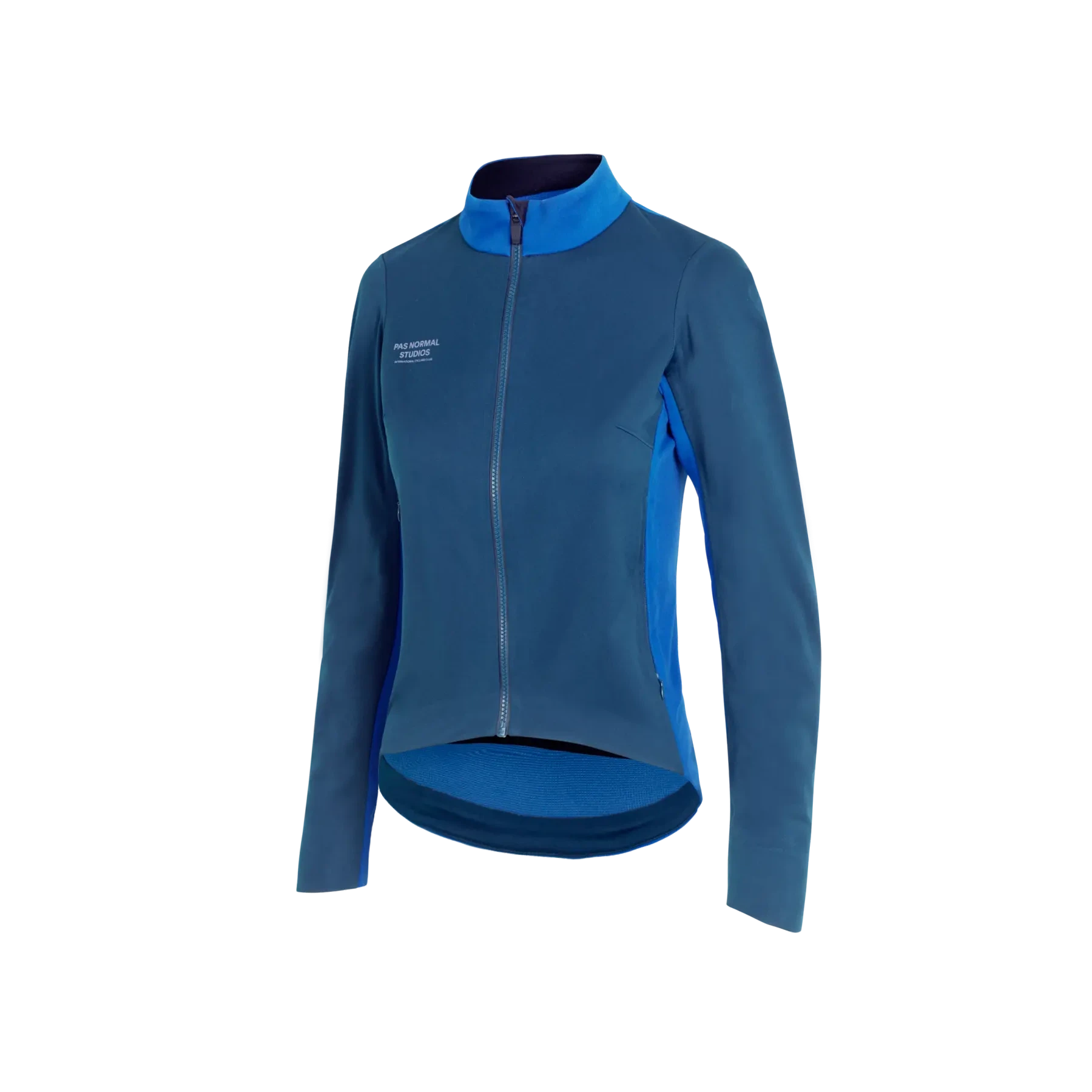
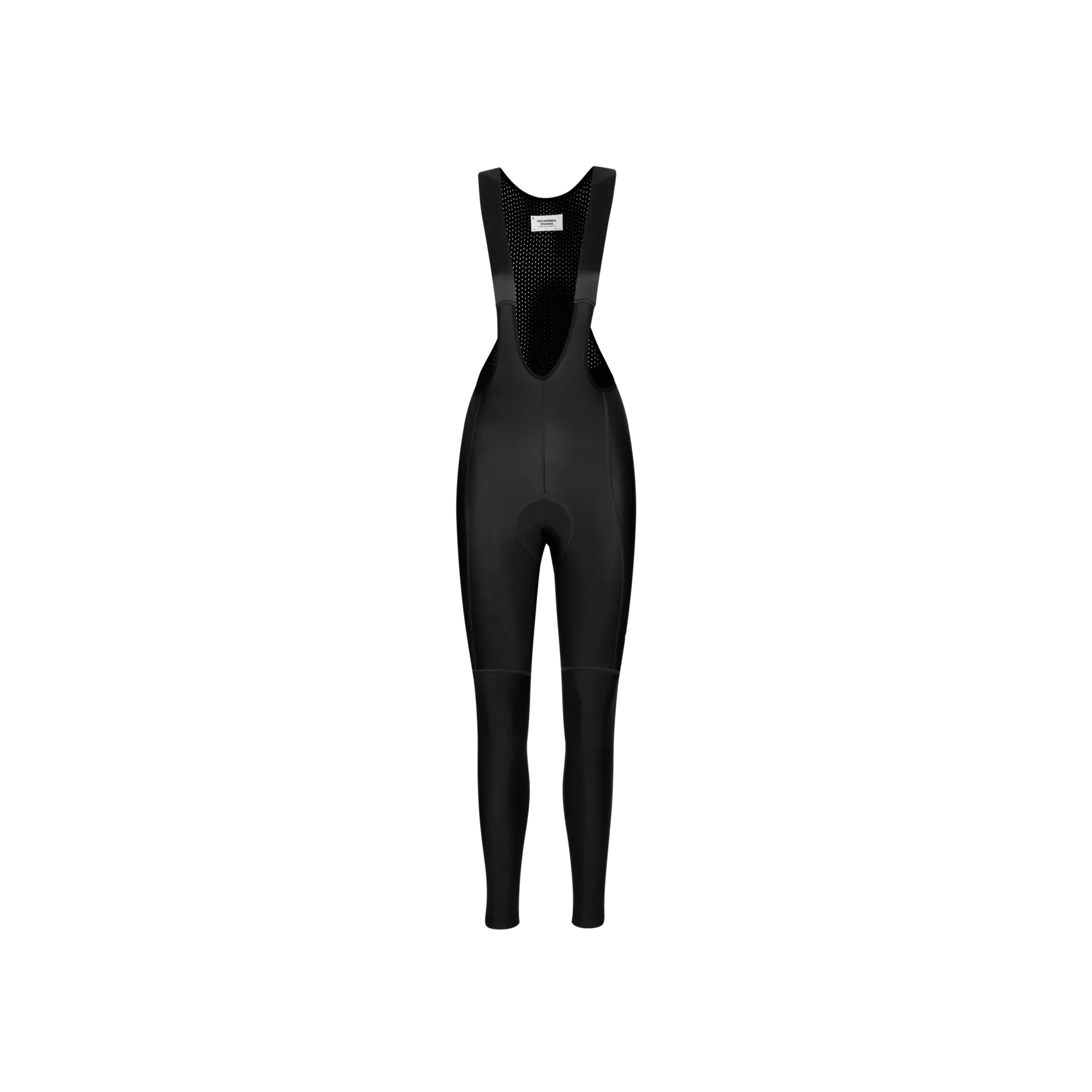
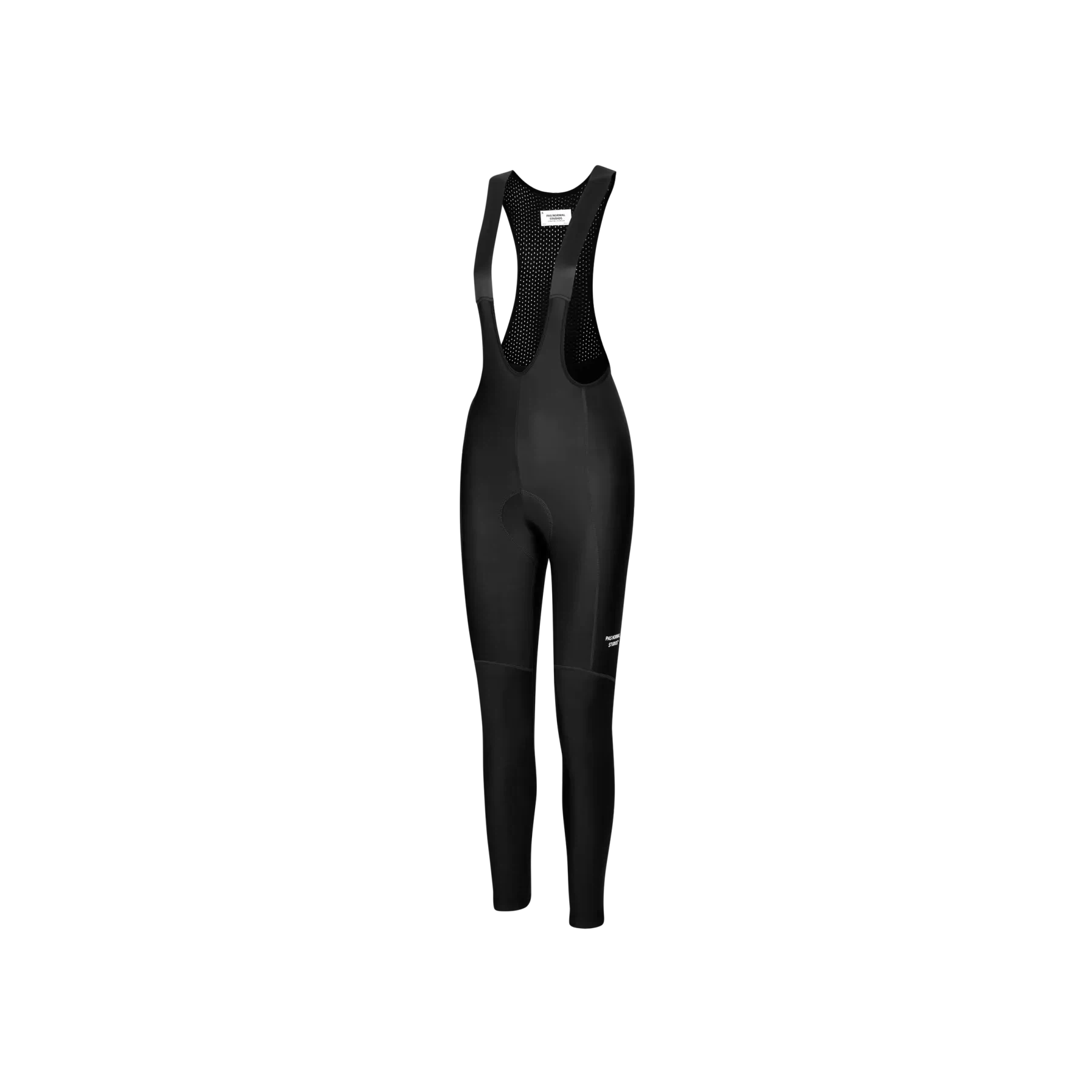
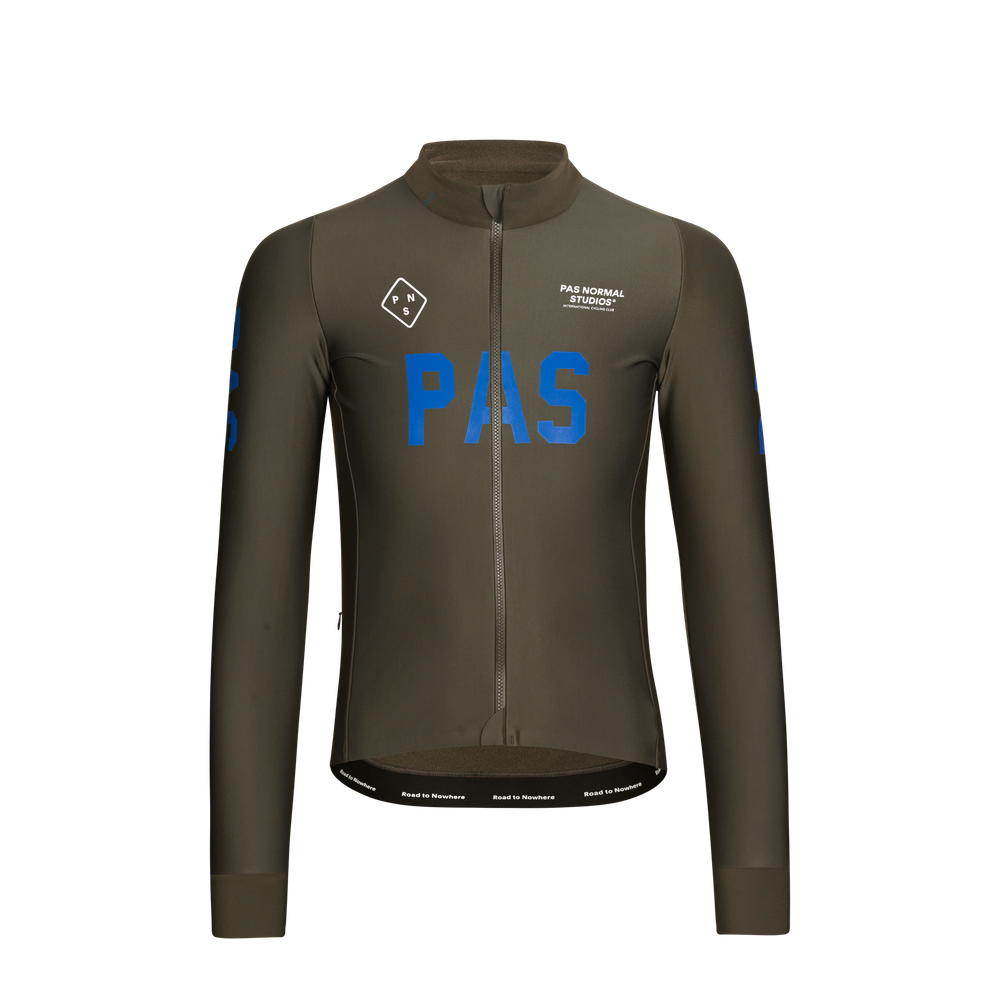
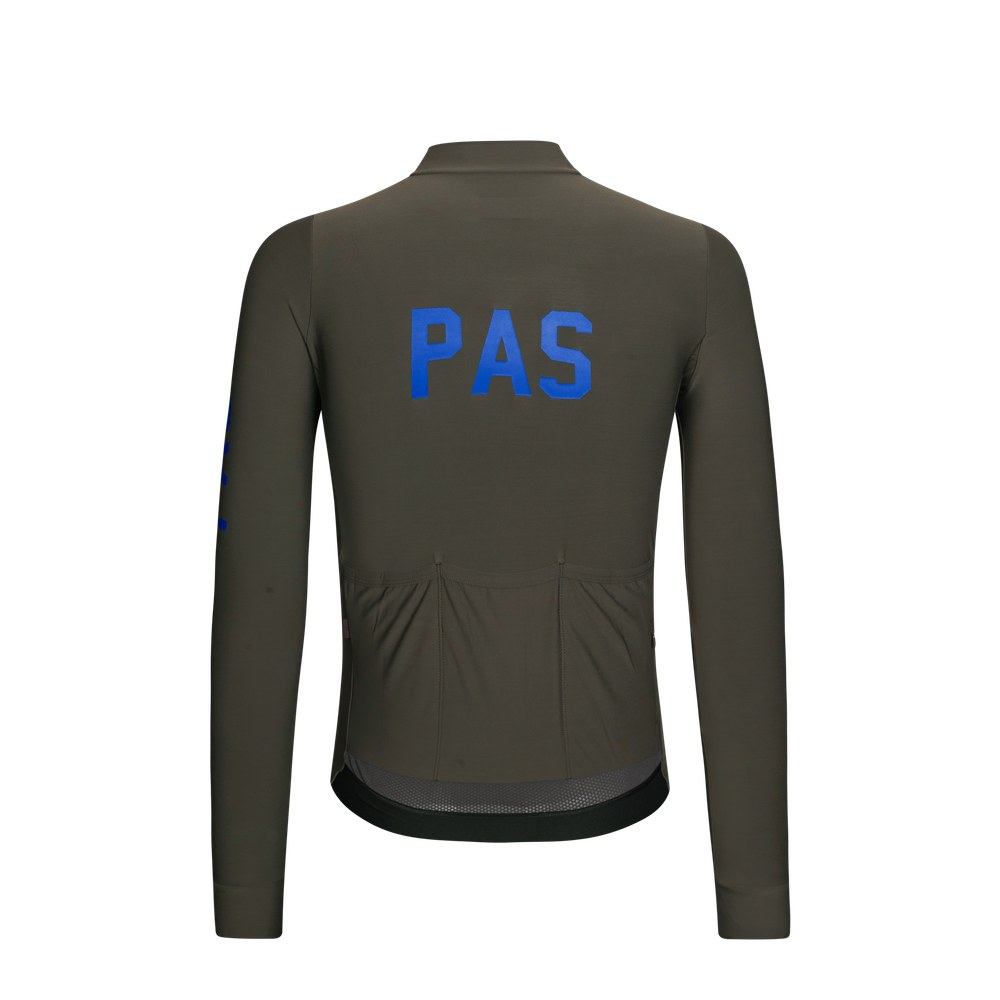


Leave a comment